Running Jargon Explained
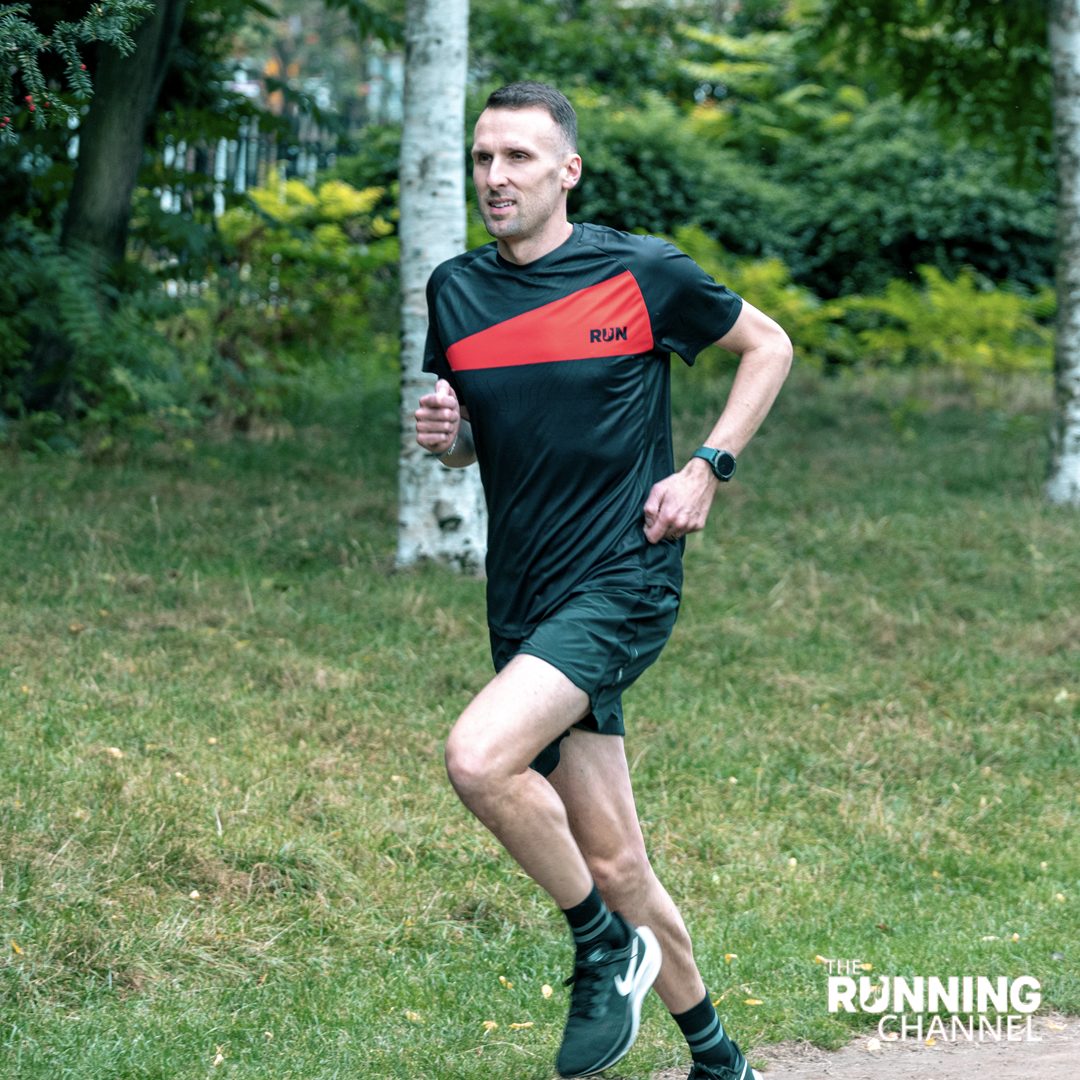
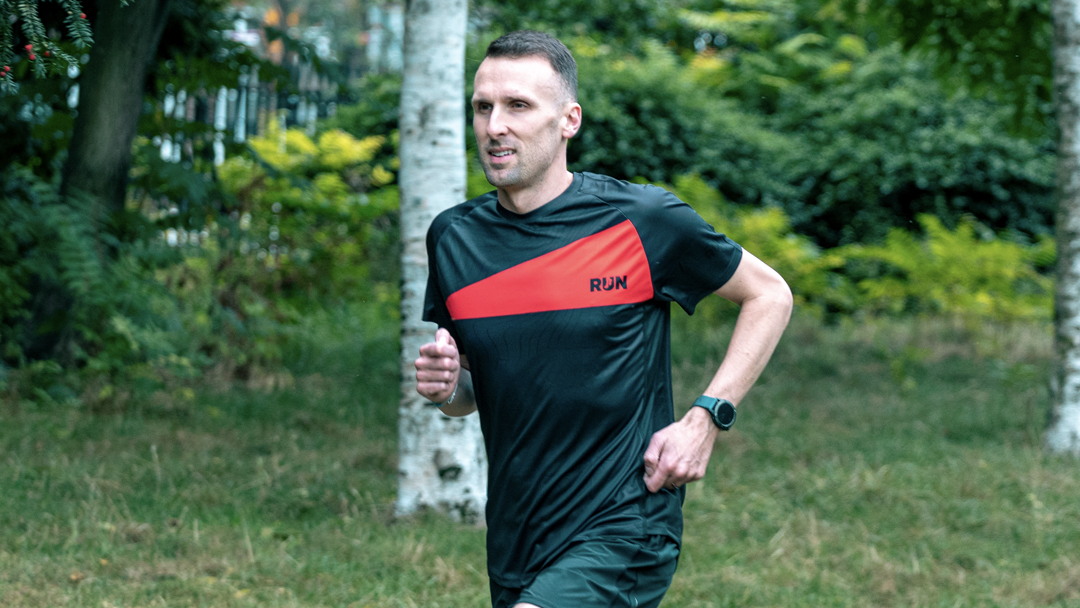
Confused by cadence or flummoxed by footstrike? Want to know the ABC’s of your ITB? Maybe you’ve heard of VO2 Max but not quite sure what it means? What about recovery runs?
Do you often hear a running word or phrase and have no idea what it means? Whether you’re new to running or just want to learn more we’re here to help. We’ve put together a simple guide, explaining the words and phrases that if you’re new to running, might leave you scratching your head.
To start off with, these are the terms you might hear when talking about running form and how to run.
Cadence
Your running cadence refers to how many steps you take per minute. You might see that this is a statistic that your watch or running app calculates for you or you can calculate it yourself simply by counting how many times your feet hit the ground in 60 seconds.
Footstrike
Footstrike refers to how you land on your foot when you’re running. Some people are heel strikers, others land on their mid-foot, others on their forefoot. Generally it’s thought that mid-foot is the ‘best’ but there are plenty of examples of elite runners heel striking – particularly later on in a long race.
Gait
Your gait is simply your running style – how your feet strike the ground as you run. Each person will have their own unique gait, which is why good running shops will recommend looking at your gait and analysing it to find the shoes that will be best suited to your running style.
Pronation
Pronation is the way your foot naturally ‘rolls’ inward when it hits the ground: it’s your body’s way of absorbing the shock. Overpronation is when this roll is exaggerated, under is when it doesn’t roll enough.
Supination
This is another term for under pronation, where your foot doesn’t roll inwards enough to support you whilst you run. This places extra pressure and stress on the outside of the foot and can lead to injury.
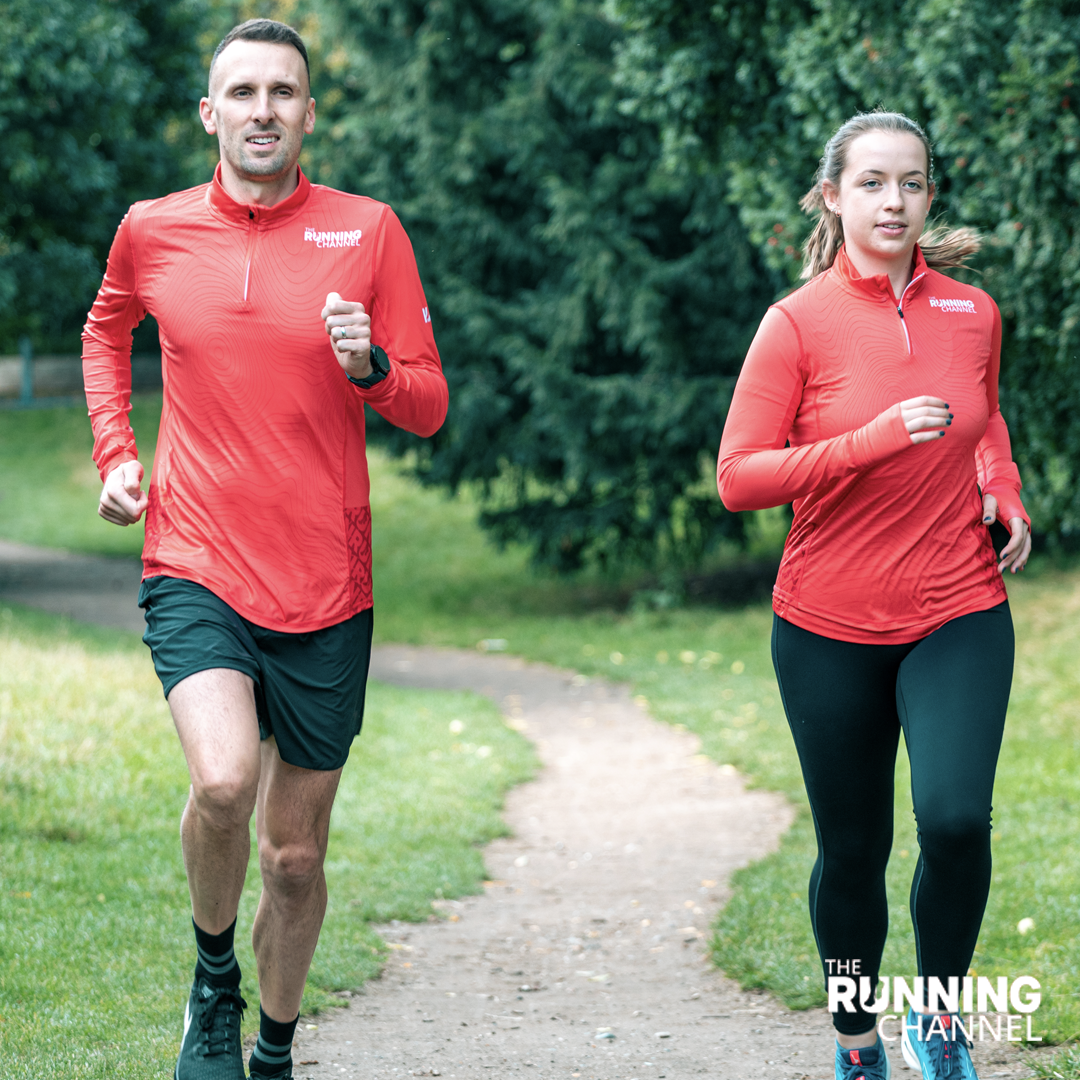
Next up it’s running sessions. These are terms you might find in training plans or training session videos, describing different types of sessions you can do to mix up your weekly running routine.
Negative Splits
Running negative splits simply means running the second half of a long run or a race faster than the first half. For example, for a full marathon distance if you ran the first half of the marathon slower than the second half, that would be negative splits.
Strides
Strides are typically 20 to 30 second sprints at your mile race pace, or at around 85 to 95% effort level. Strides are typically done after a recovery run or in the warm up for a race or big training session.
Tempo
People often use the terms ‘tempo run’ and ‘threshold run’ interchangeably. However tempo runs can also be longer runs where you practice running at a certain pace – for example, marathon pace for an hour.
Threshold
The term threshold refers to your anaerobic threshold. This is the point at which your body stops being able to flush out lactate, which is the waste product that your blood generates when you work hard, and starts accumulating it. If you run at just below that pace, you help push that point up. Very roughly, for most people, their threshold is something around the pace you would run a 10 mile to half marathon length race.
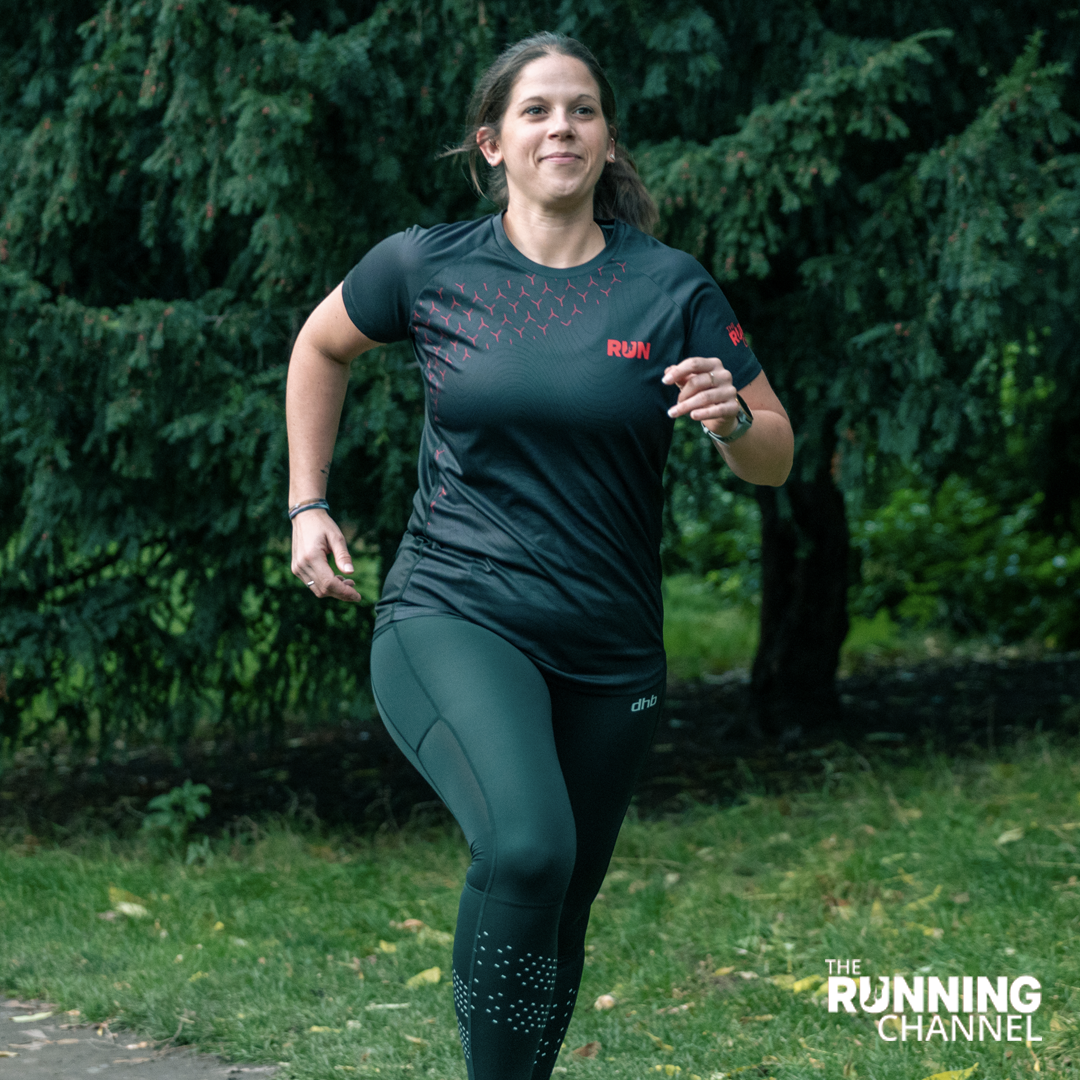
Running is full of acronyms, but when there are so many out there for so many different things, it’s hard to keep track of them all. So here’s a quick fire recap, in case you’ve forgotten any.
- BQ Boston qualifier, any marathon that’s certified to award you a ticket to the coveted Boston Marathon based on your time.
- CR Course record, fastest time run on that course.
- DNF Did not finish, the label on the results when you do not cross the finish line.
- DOMS Delayed onset muscle soreness, you’ll often get this after a long run.
- GPS GPS Stands for Global Positioning System and you will often hear this used in relation to running watches and tracking devices. GPS is used to track your location whilst out on a run and that is how you can get a map of your route after you’ve finished.
- ITB Iliotibial band, the fascia band running from your hip to your knee.
- NR National record, fastest time in the country run at any given distance.
- PR Personal record, your fastest time for any given distance.
- PB Personal best, your best time for any distance.
- WR World record, fastest time in the world run at any given distance.
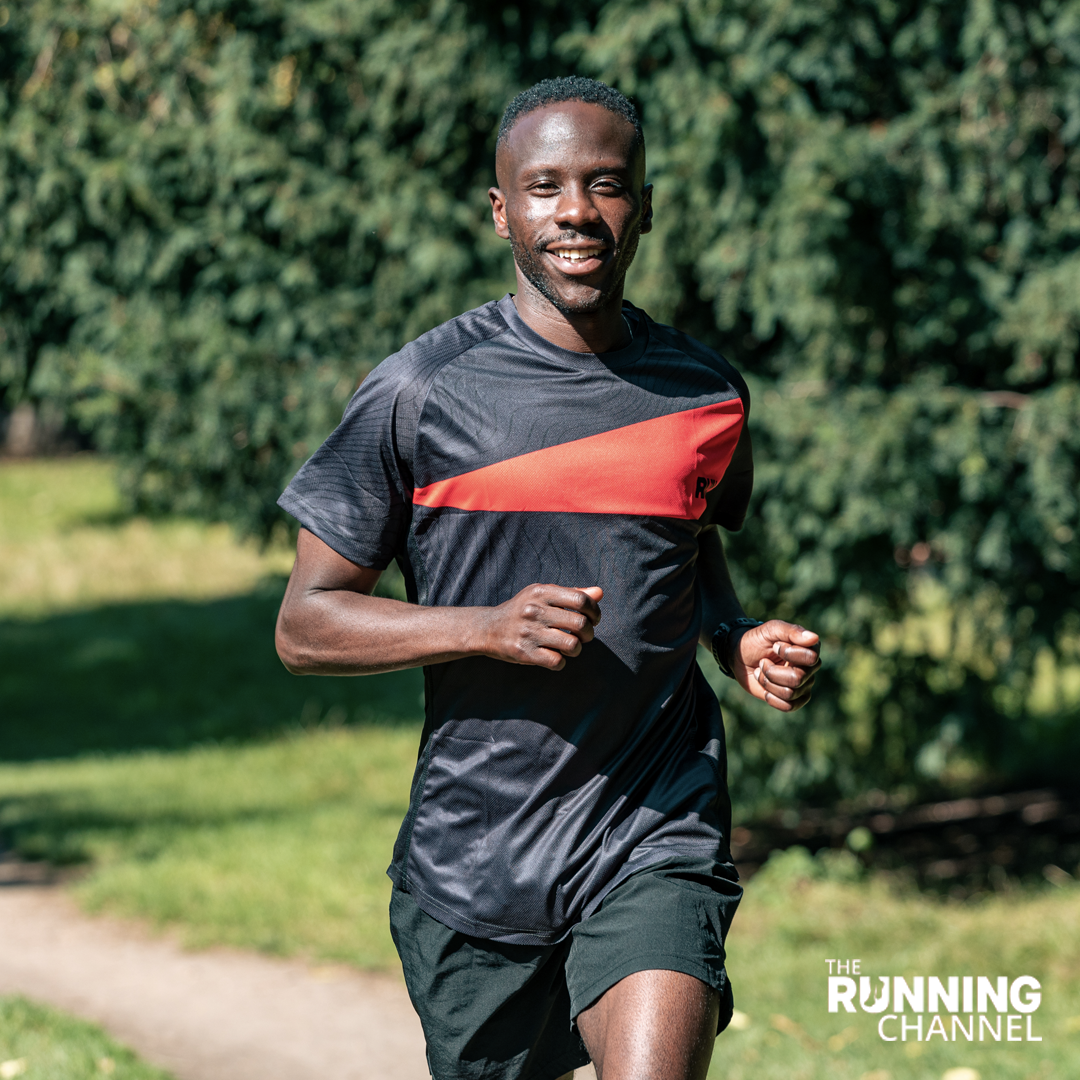
Next up it’s physiological terms, so these are things to do with running and your body.
Chafing
So this is a painful experience that most runners have had at some point out on a run. Chafing happens when there is friction between your skin and itself or an item of clothing.
Endorphins
When we run, our bodies release endorphins, which are chemicals in the body. The endorphins mix with the receptors in our brains that reduce our perception of pain. Endorphins also contribute to a positive feeling in the body which is often linked to the ‘runner’s high’ that many people experience – check out our video on what the Runner’s High is for waaaaay more detail on that one
Plantar fascia
This part of your foot which connects your heel bone to your toes. Plantar Fasciitis is a common running injury picked up by many runners.
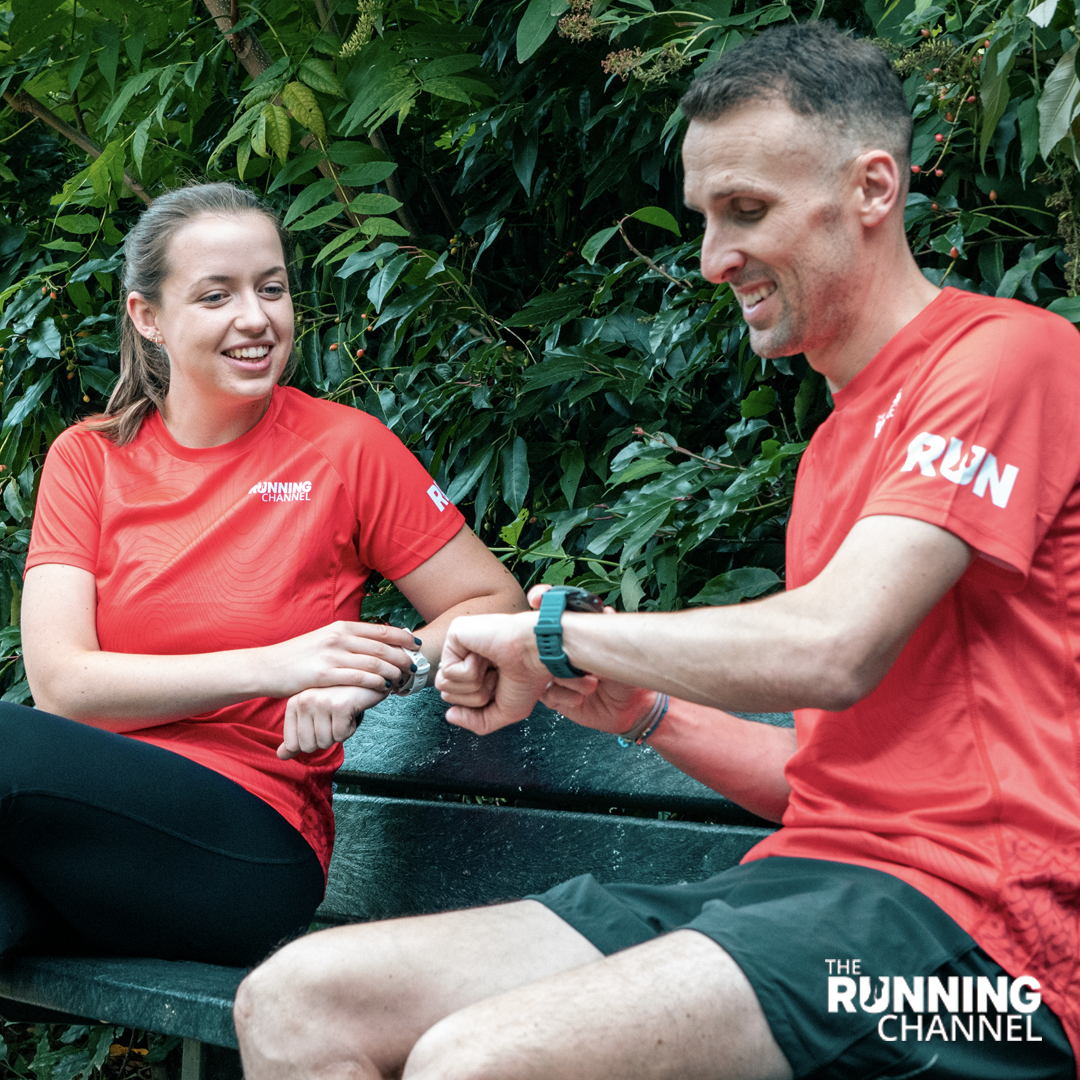
And finally, this is some other running related jargon which you might come across.
Heat Index
Heat Index is an index that combines air temperature and relative humidity, in shaded areas, to posit a human-perceived equivalent temperature, as how hot it would feel if the humidity were some other value in the shade.
Streaker
Nope, it’s not what you’re thinking! A running streaker is someone who runs every single day for an amount of time and creates a running streak. There are lots of different variations of the running streak, some people have run 5k every day for 30 days – Check out our video where Anna attempted this challenge! Others have run at least 1 mile everyday for a year. Or, to take it to extremes, Jon Sutherland has had a running streak for over 50 years now, running at least 1 mile everyday since the 26th May 1969!
Taper
The term tapering is usually used in the run up to a race. It means easing off on your training so that your body is well rested and recovered and can help to improve performance during the race. The amount of tapering will depend on the length of the race, it could be a couple of days for a 10k or a few weeks for a marathon or ultra marathon event.
So hopefully that has given you an explanation of some of the common running terms that you often hear batted about. Did we miss any out? Or is there a running term or phrase that you keep hearing and you have no idea what it means? @ us on our socials and we’ll do our best to explain.


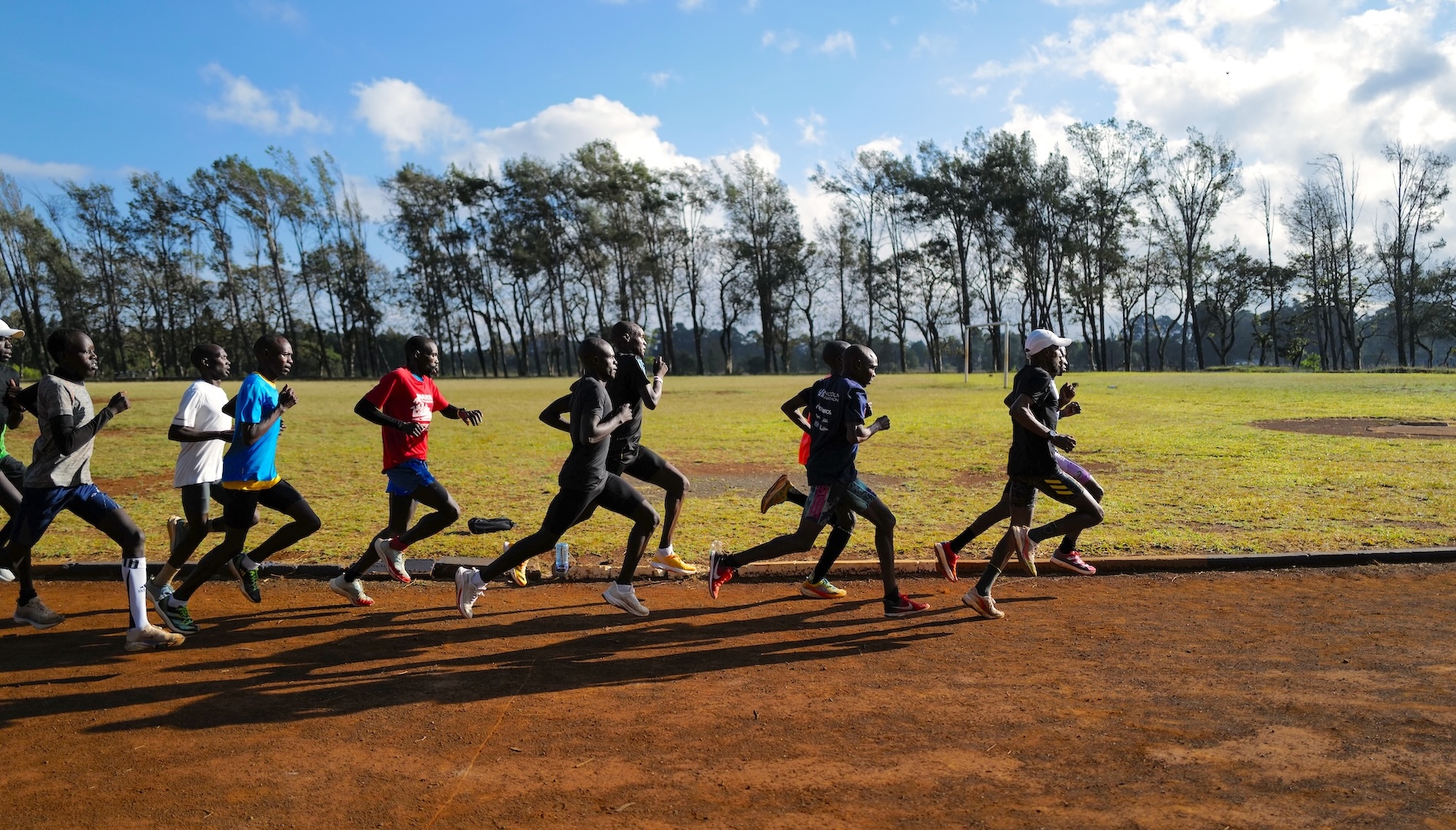
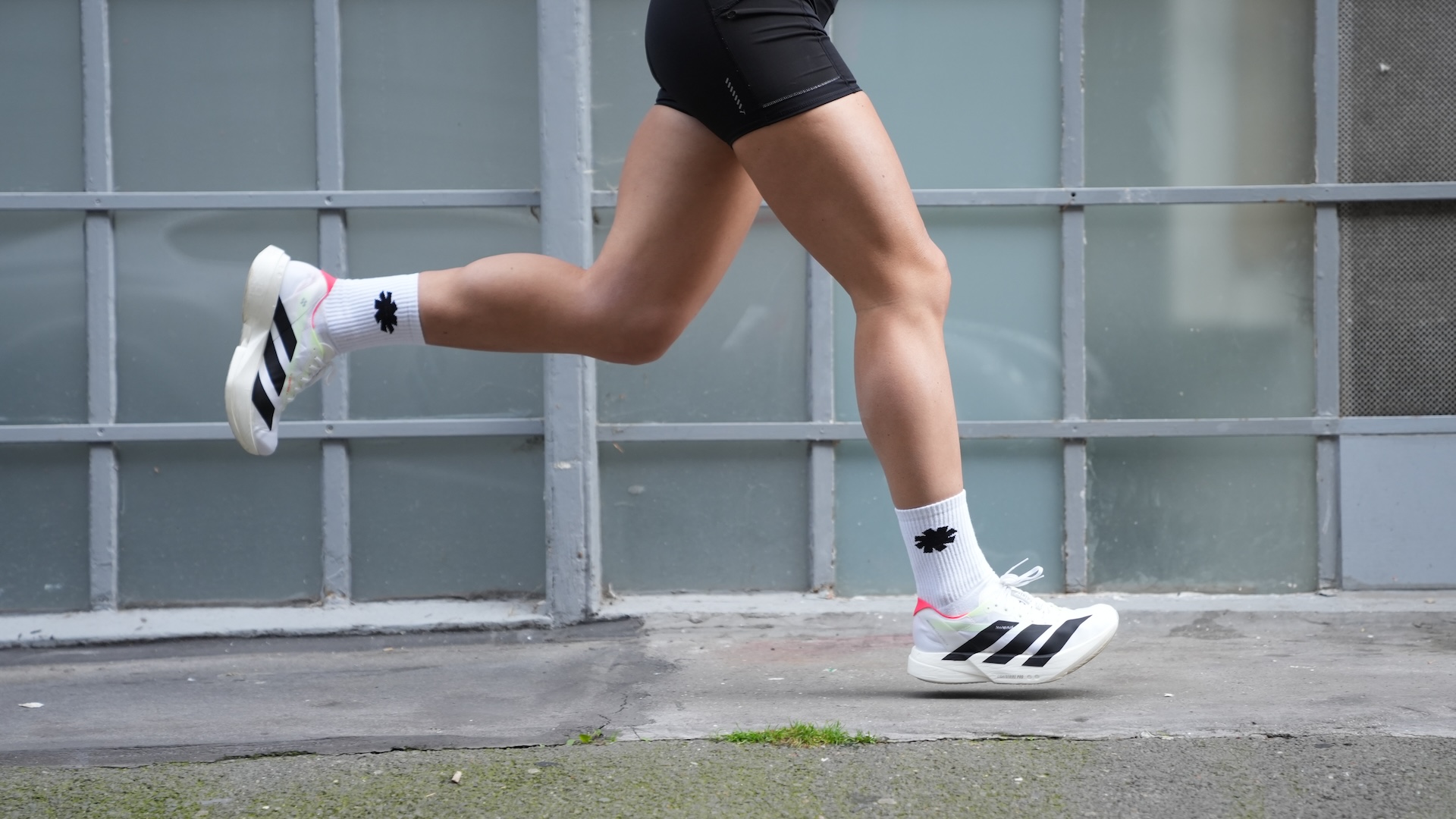
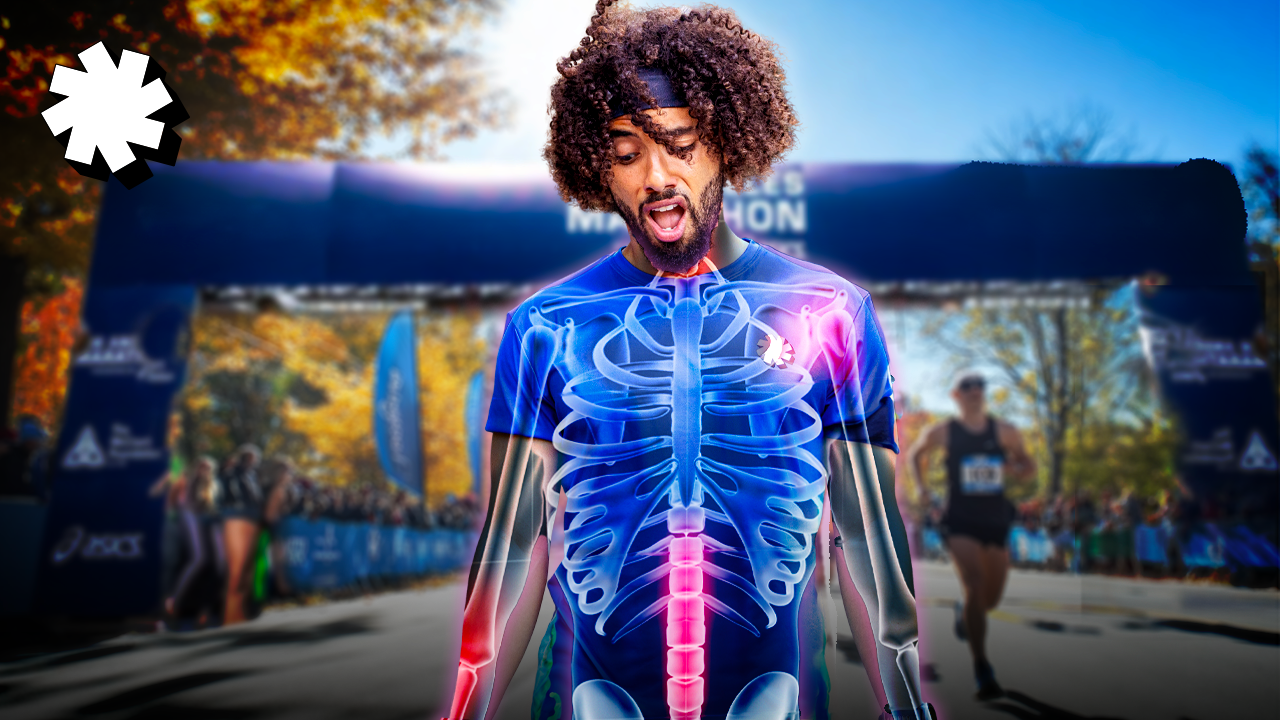

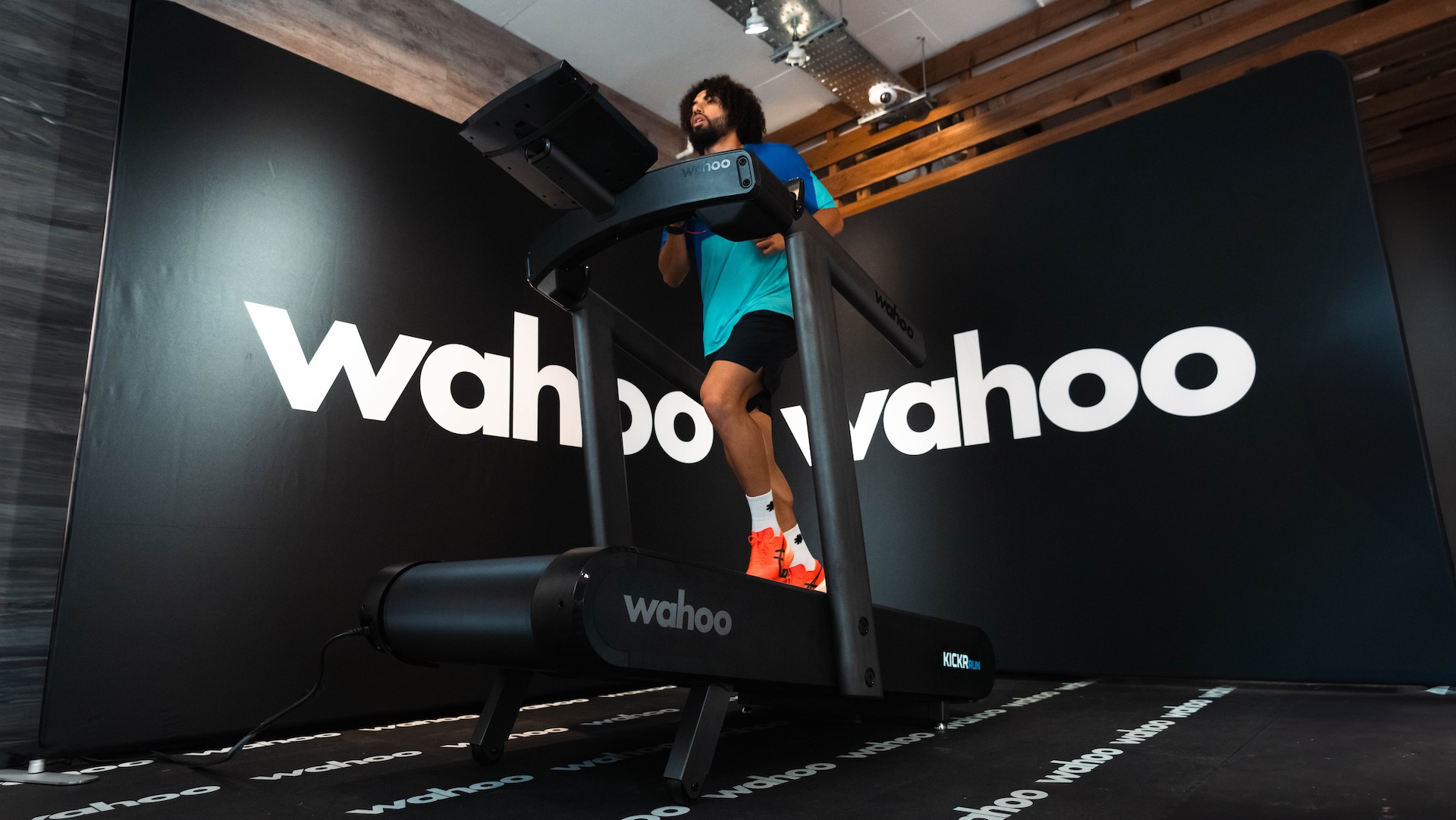
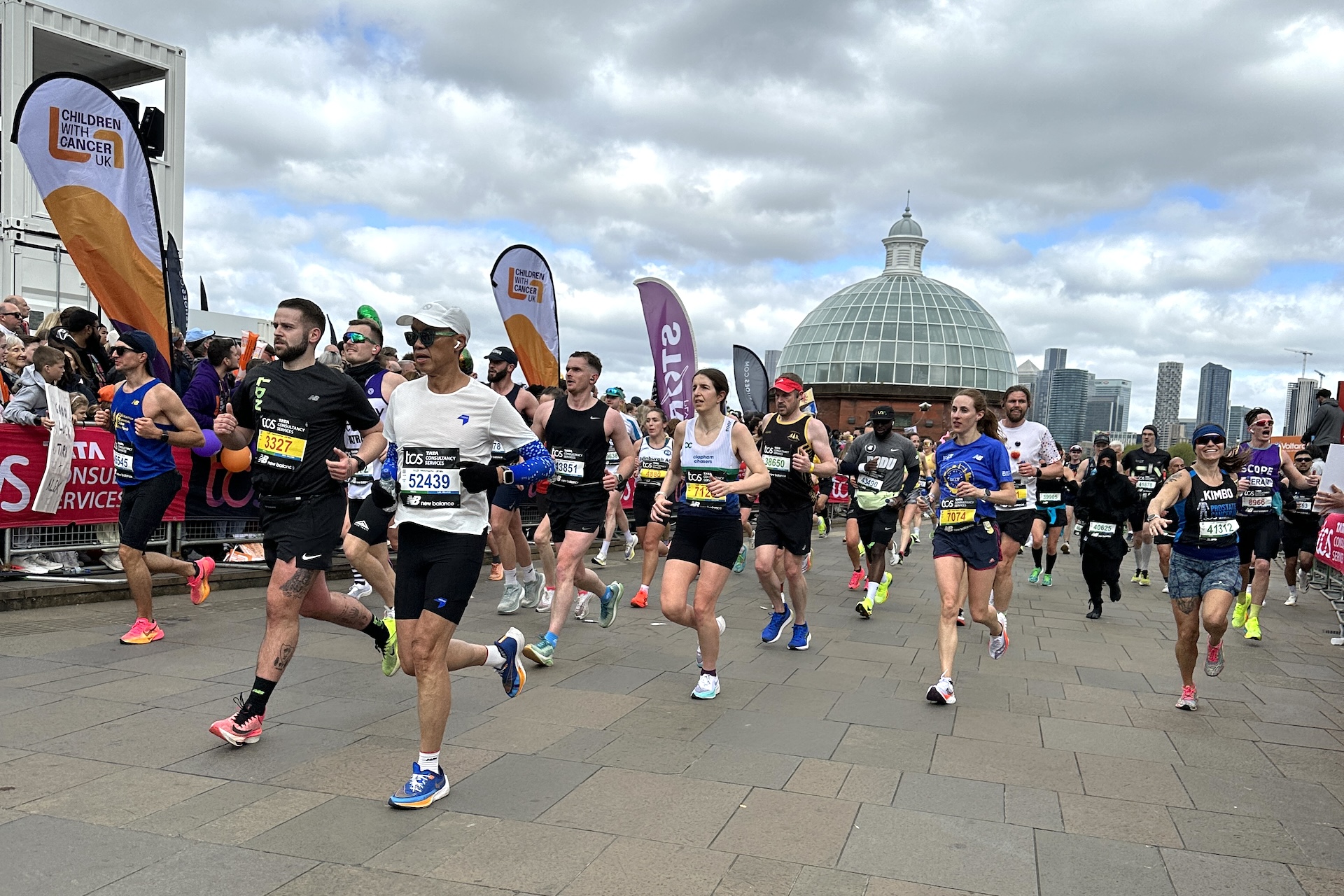


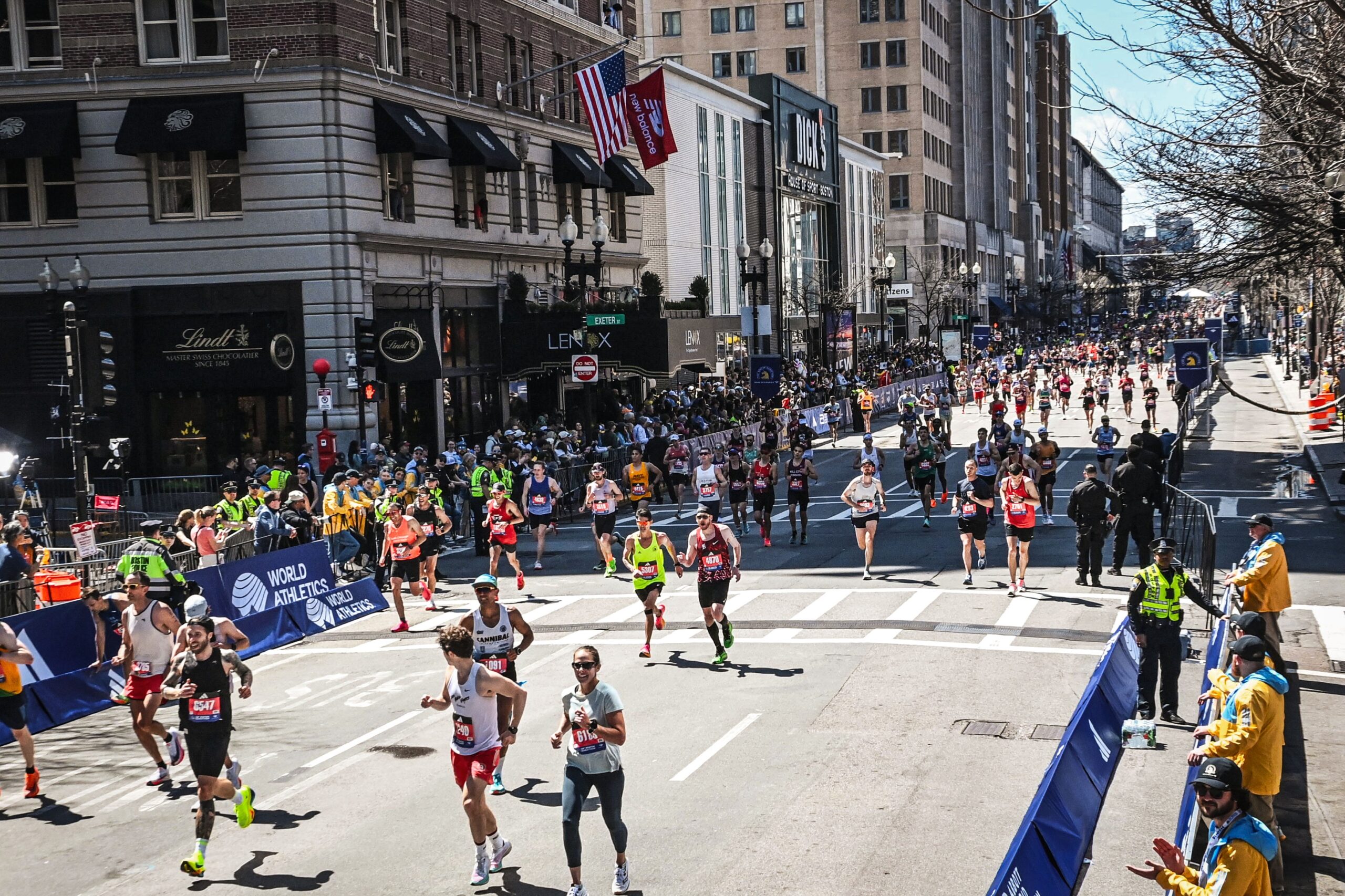
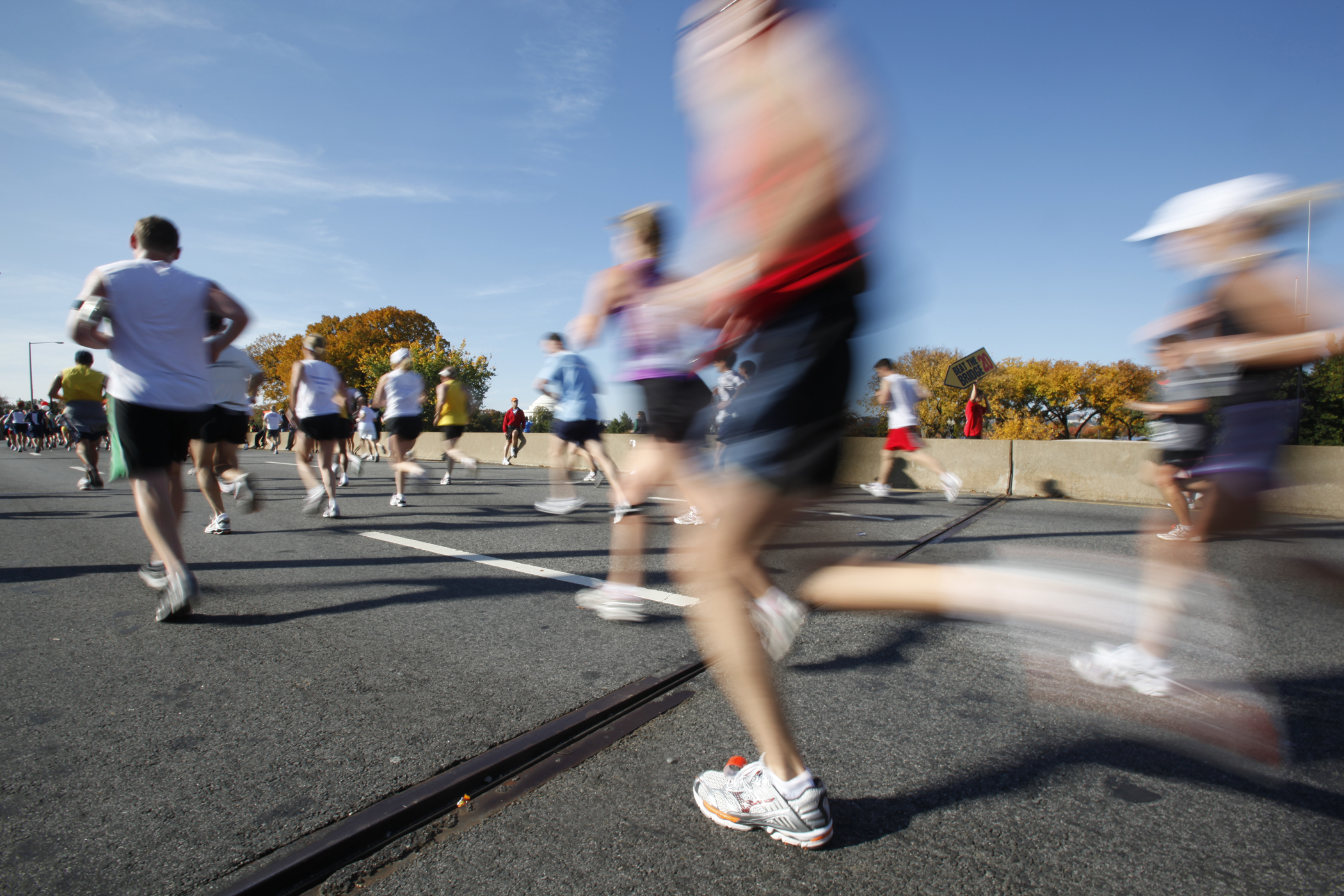
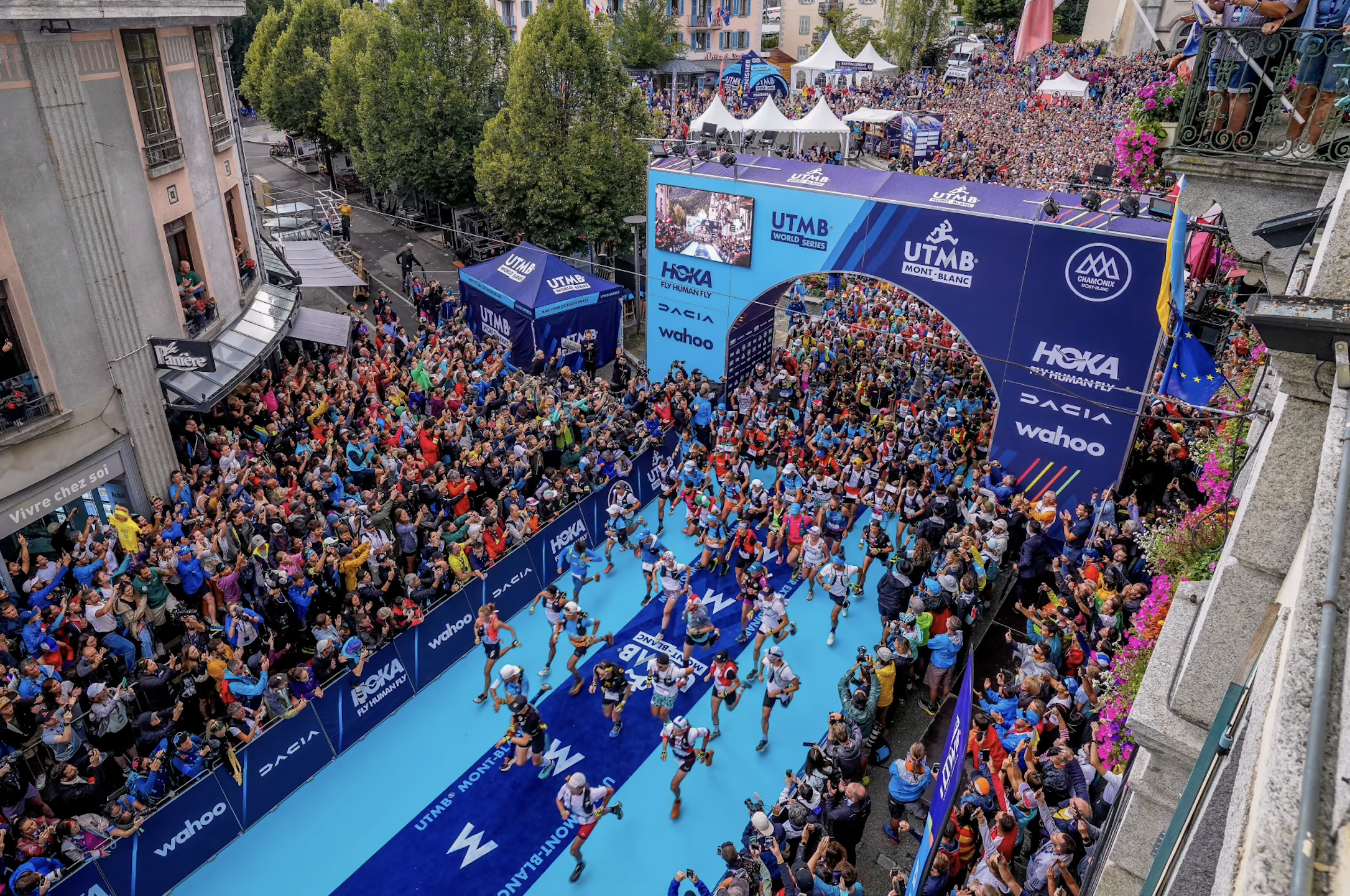

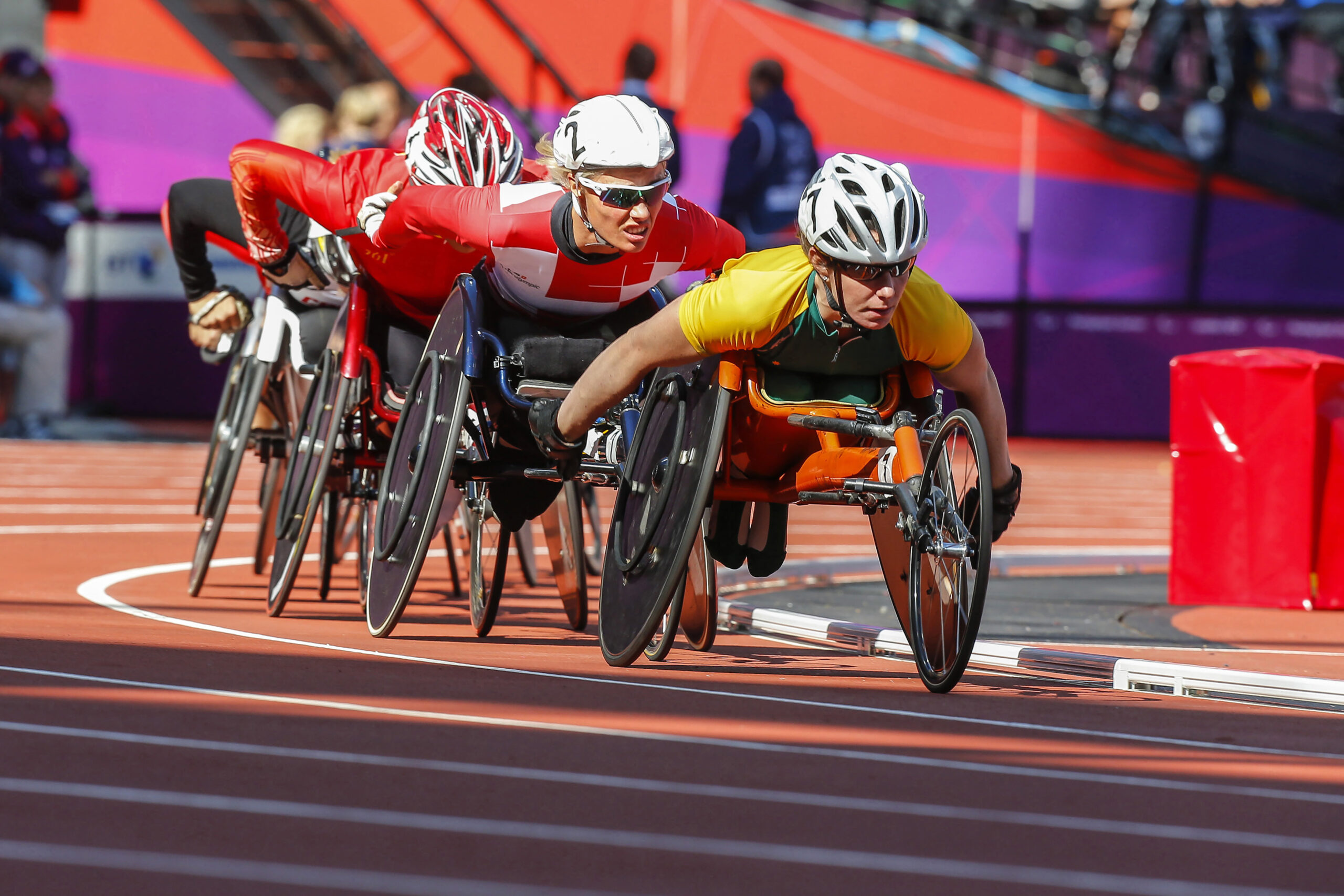
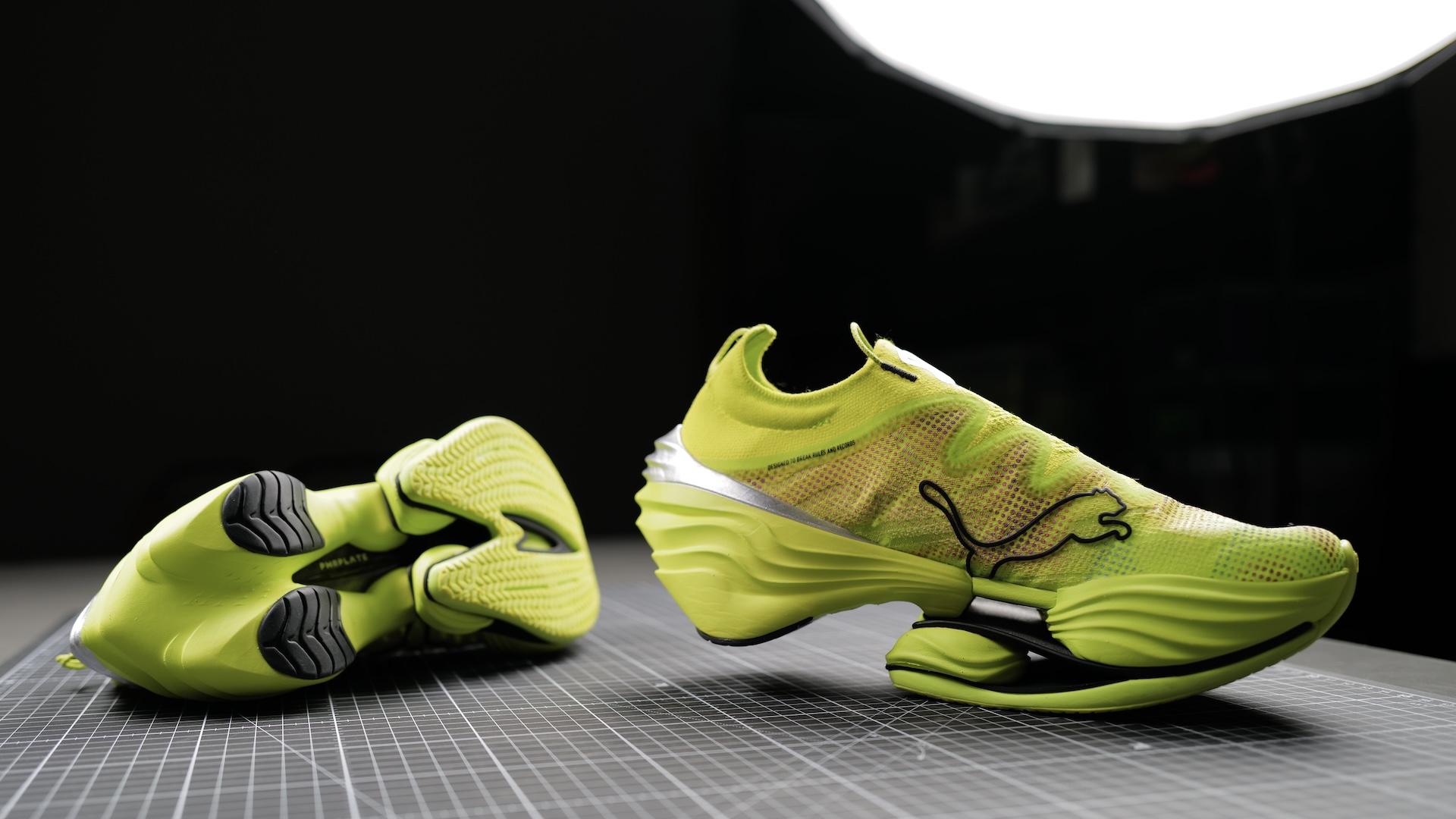


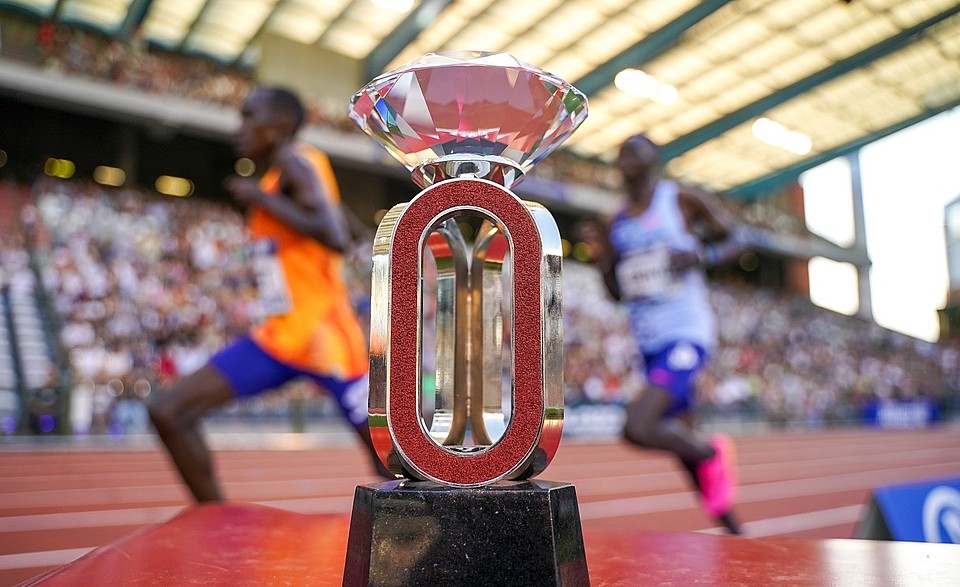

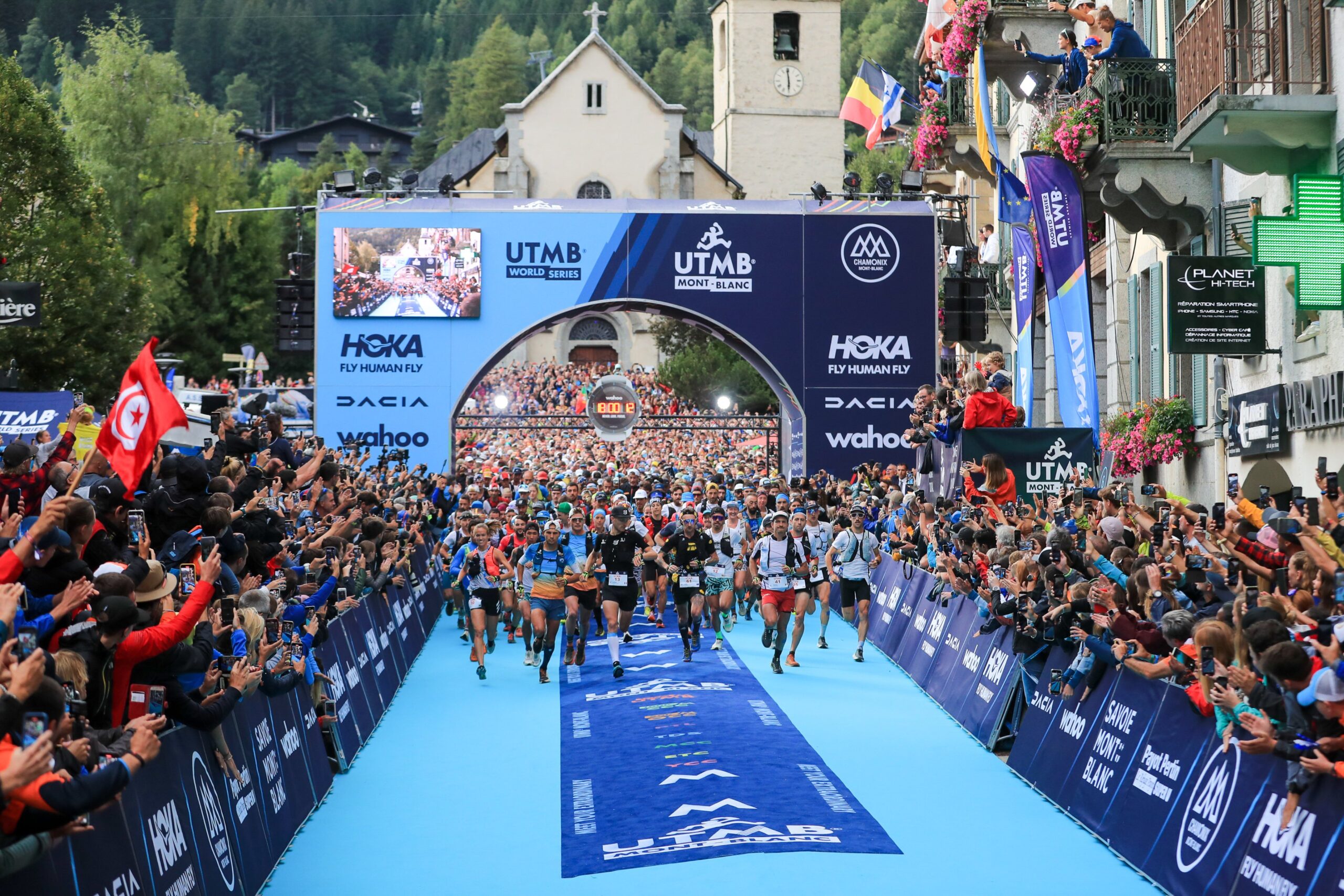
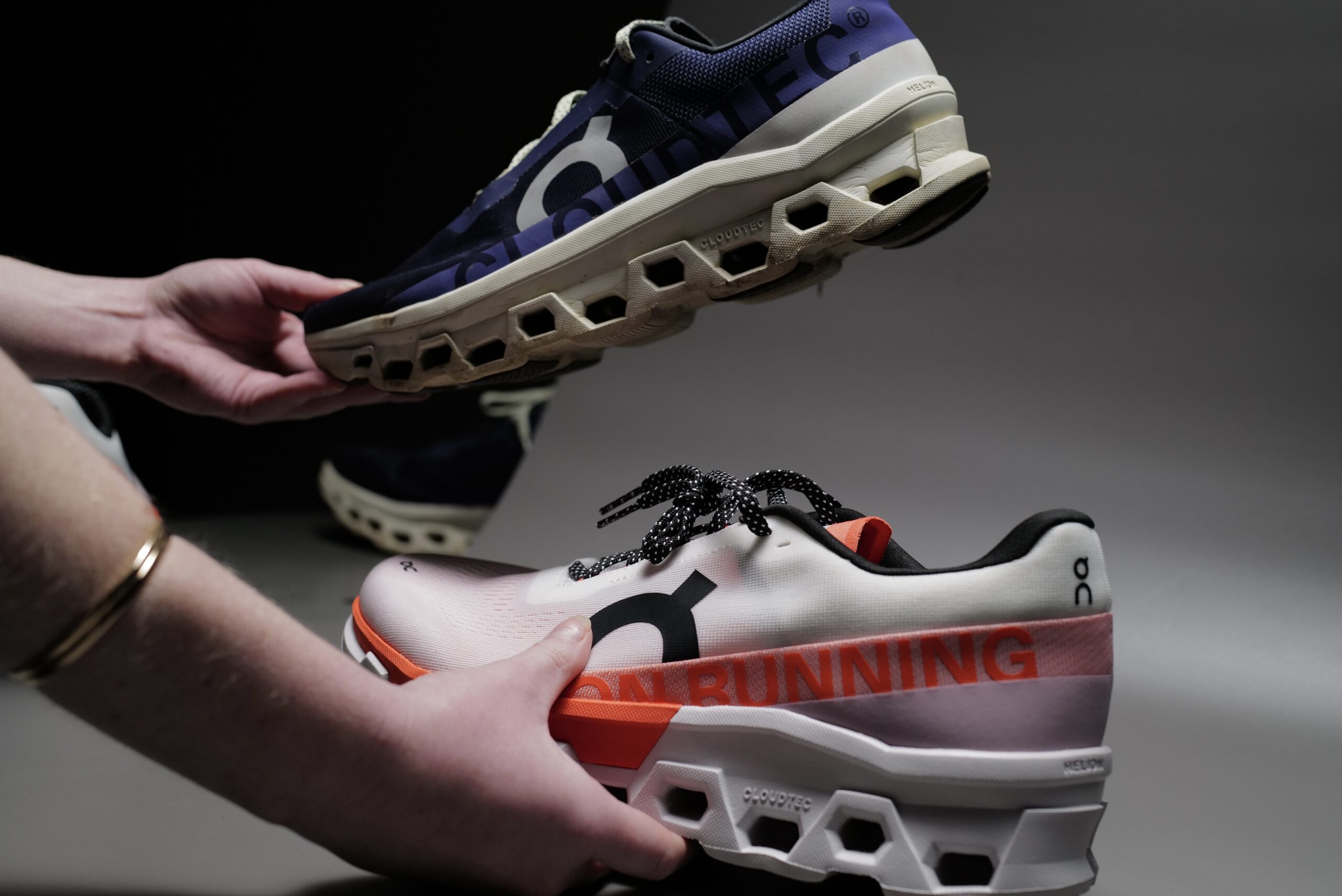
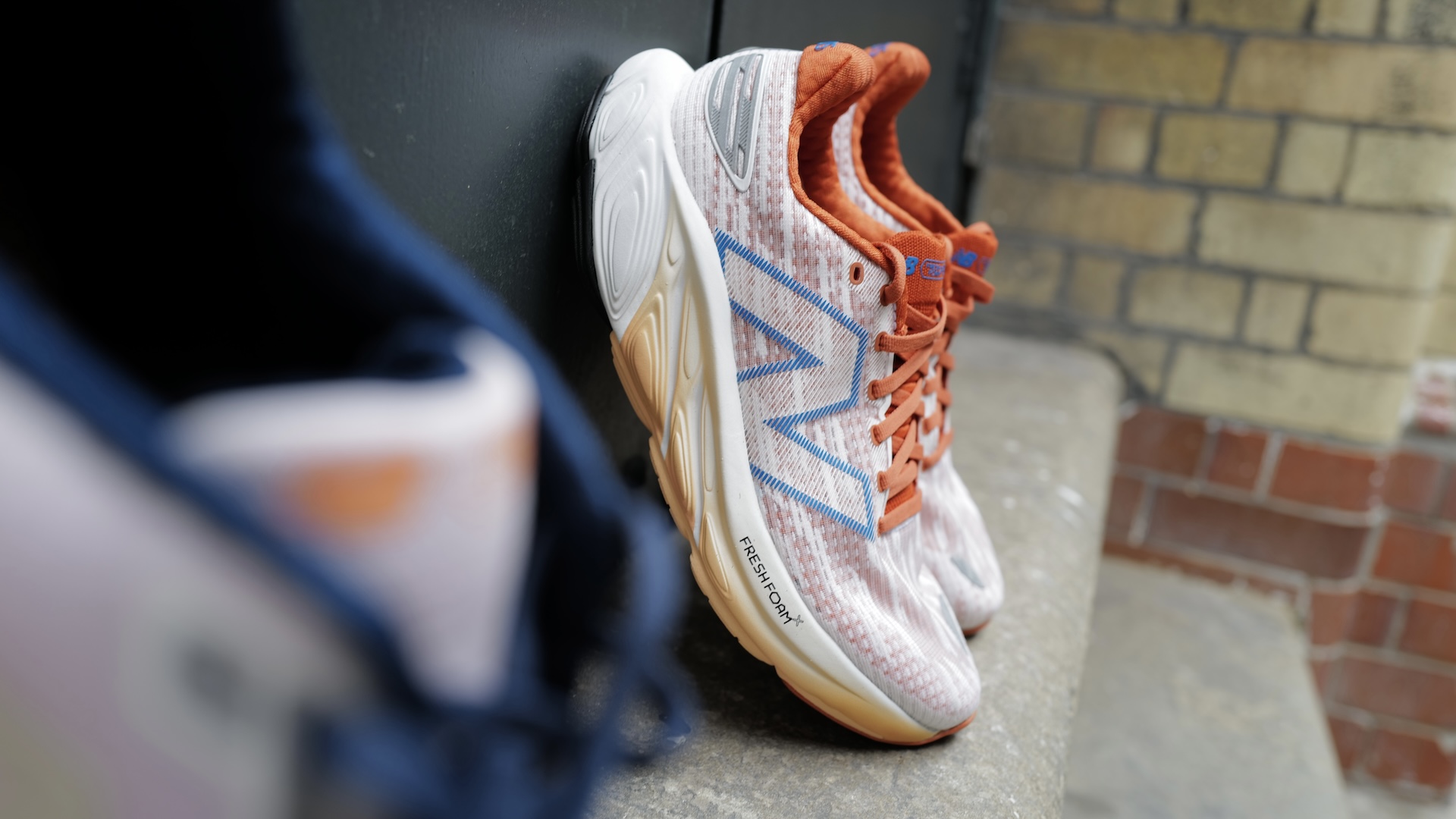
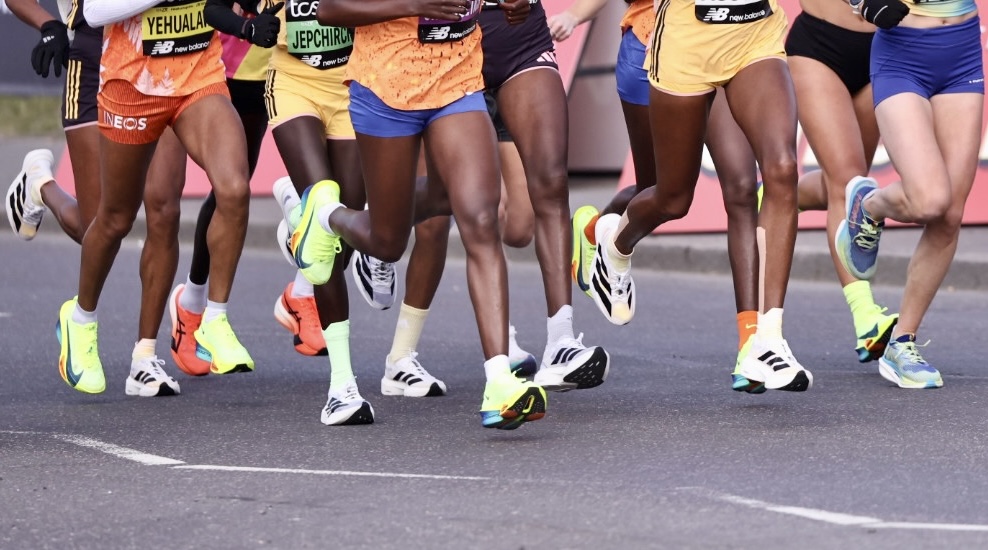

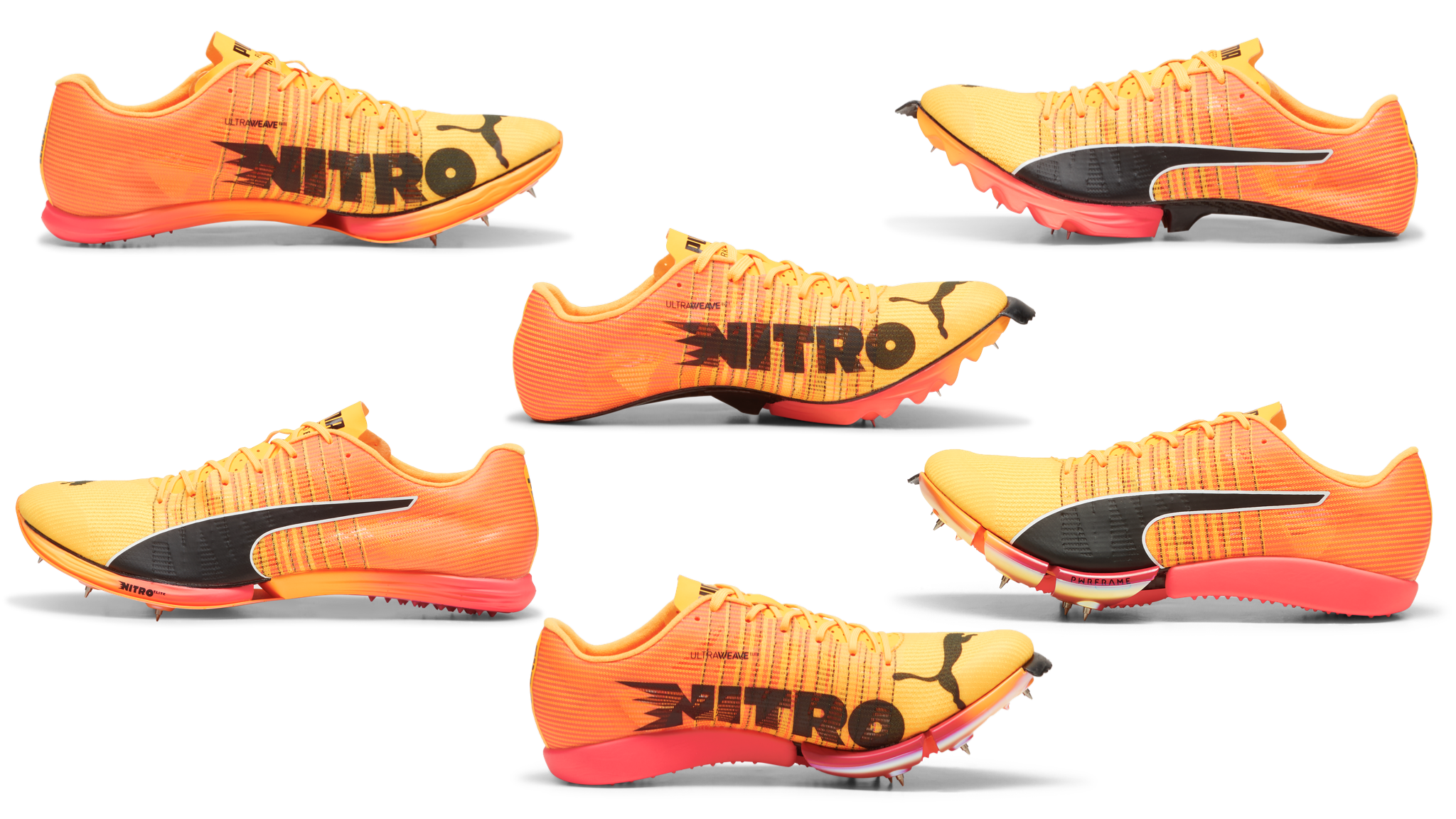

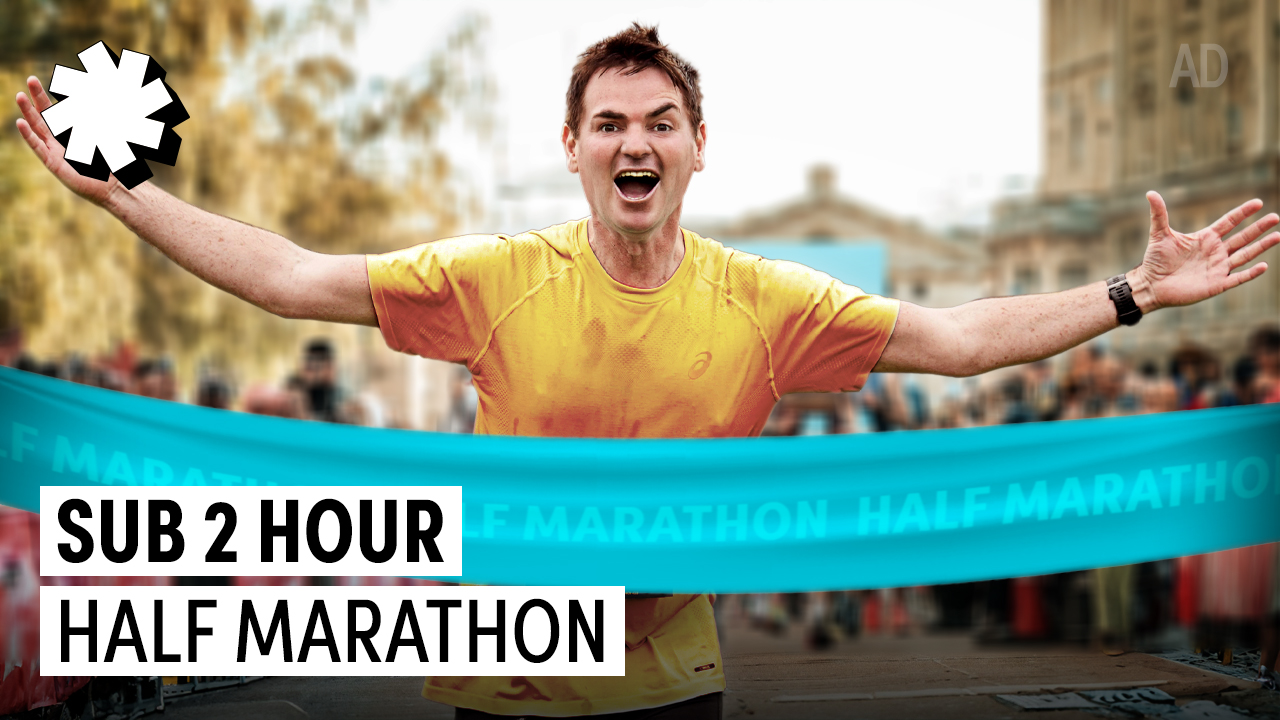

Running News
Could Shanghai Marathon Become A World Marathon Major?
Mengesha and Ketema Win The 2024 Berlin Marathon
ATHLOS 2024: An Incredible Night Of Women’s Track Racing in NYC